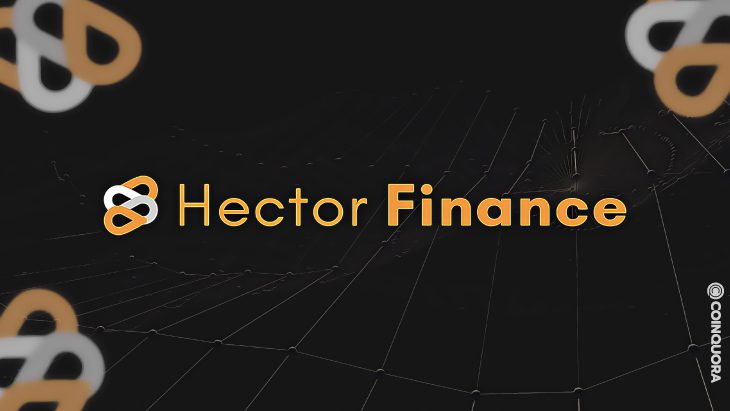Stablecoins backed by cryptocurrencies are issued with cryptocurrencies as collateral, similar to fiat-backed stablecoins. However, while fiat collateralization is normally done off the blockchain, the cryptocurrency or crypto asset used to back this sort of stablecoin is done on the blockchain utilizing smart contracts in a more decentralized manner.
Stablecoins such as USDT and USDC have become indispensable in the crypto world. We use them to store non-volatile value, allowing us to keep our purchasing power constant from day today.
Unfortunately, the US Dollar does not operate in this manner. The Federal Reserve is in charge of the printing of US dollars, and its fiscal policies have regularly resulted in the currency’s depreciation. This means that a dollar is worth more today than it will be tomorrow.
The Advantages of Stablecoins
Stablecoins were created to allow day traders or investors who make money by doing crypto trading everyday. It also allows them to store the value of their deposited funds or wealth on unlicensed and unregulated exchanges that do not allow their customers to their bank to the platform
Some of the world’s most prominent cryptocurrency exchanges by trading volume, such as Binance, barred consumers from using bank transfers or any other kind of fiat money on their platforms.
While some major exchanges, such as Binance, are gradually integrating fiat trading into their platforms, stablecoins are particularly valuable for non-fiat accepting exchanges during periods of high price volatility among speculative cryptocurrencies.
Traders who sell speculative cryptocurrencies face negative slippage, whereas those who convert their speculative assets to stablecoins may simply have to pay transaction fees to centrally issued stablecoin issuers or stability fees to their decentralized counterparts.
When traders convert their speculative assets into stablecoins, some decentralized stablecoins, such as Hector Finance issued TOR, may be so efficient that they lose essentially no financial worth other than transaction fees on the blockchain on which their transactions take place.
Centralized stablecoins goes against the motto of decentralization
The numerous legal issues associated with exchanging traditional digital money with centralized stablecoin issuers have prompted a slew of entrepreneurs to take on the task of developing decentralized solutions that provide the on-chain financial stability that most cryptocurrency day traders seek.
The most well-known stablecoin, Tether, was the first fully centralized stablecoin. However, mainstream media outlets and professional cryptocurrency researchers have closely scrutinized Tether Limited, the private company that issues the Tether token (USDT), with many believing that the stablecoin firm may not have enough money in its bank account to maintain its 1:1 ratio of US dollars to Tether tokens and protect USDT’s peg.
Centralized Stablecoins are restrictive
Centrally issued stablecoins also restrict individuals in places like Sudan from using their cryptocurrencies as a haven against their country’s hyperinflation – an opportunity that their eventual decentralized equivalents such as TOR will almost certainly take advantage of.
In addition to prohibiting users from politically hostile countries from using their cryptocurrencies, centralized stablecoins also prohibit the use of their cryptocurrencies for a variety of financial transactions that are completely legal in the United States and most other jurisdictions. In section 24 of its terms of service.
These are the kinds of legal restrictions that guarantee that centrally produced stablecoins will always be nothing more than digital IOUs that can be traded on exchanges. Decentralized stablecoins, on the other hand, are not subject to any of these legal constraints and have the potential to gain widespread adoption outside of the closed economies of cryptocurrency exchanges.
Meanwhile, Decentralized Stablecoins are the opposite
The majority of decentralized stablecoin monetary systems are classified as either collateralized or non-collateralized economies. TOR for example is inspired by Terra (UST). The only successful and pure algorithmic stablecoin in the space. TOR is a new ERC20 coin that can only be created by burning HEC.
The HEC pricing oracle is built with Time Weighted Average Price. It can be used to swap TOR for newly minted HEC (redeemed) (TWAP). Stablecoin coinsiders Oracle as an important part of its base functionality. In detail, Oracle is a mechanism created to supply data to smart contracts.
Stablecoin is valued and trusted since its price remains constant. The price of TOR is $1. What kind of ‘backing’ does it have? TOR’s backing is made up of two layers- Smart-contract algorithms and the HEC/stable LP.
Stablecoins with collateral are less risky than those without, but depending on the aggregate demand for multi-currency stablecoins in the long run. The stablecoin start-ups will have the option to pick between the effective global currency and the utility regional currency. This will take effect regardless of how they design their respective monetary systems.
Disclaimer: CoinQuora does not endorse any content or product on its page. While we aim to provide you with all relevant information that we could obtain, readers are encouraged to do their own research before taking any actions and bear full responsibility for their decisions. Please note that this article does not constitute investment advice.


